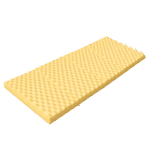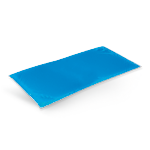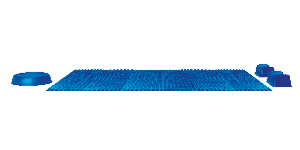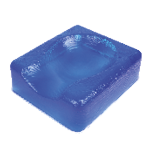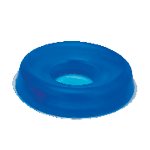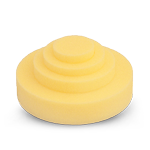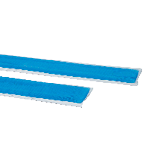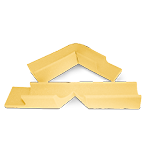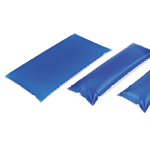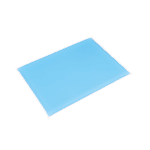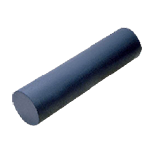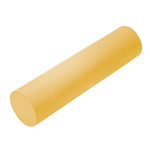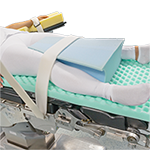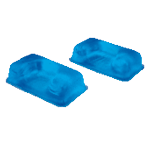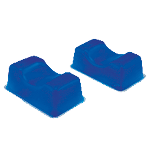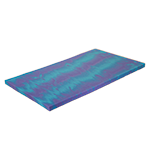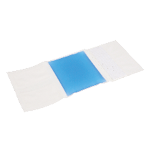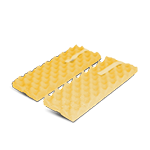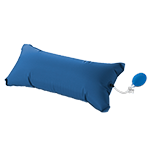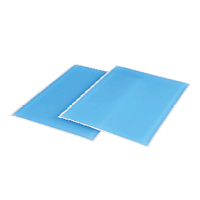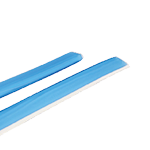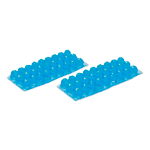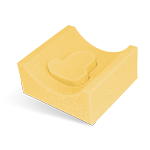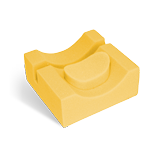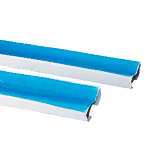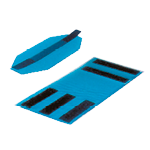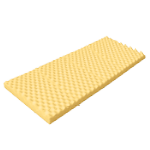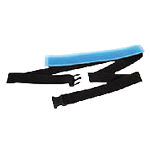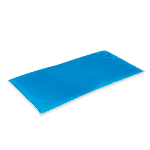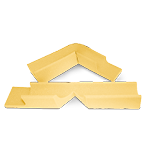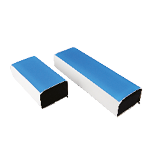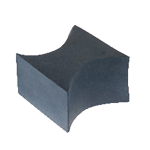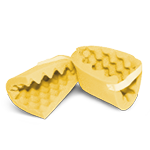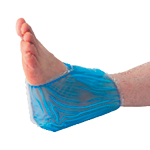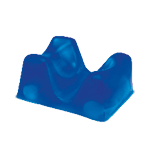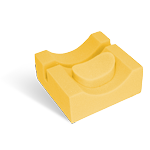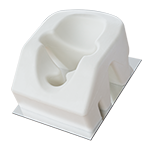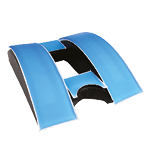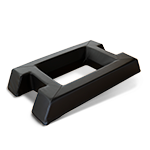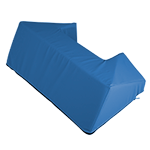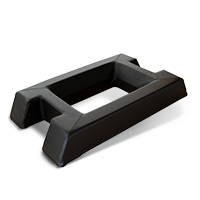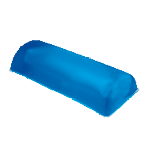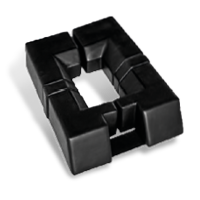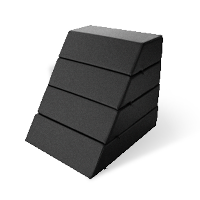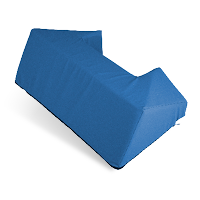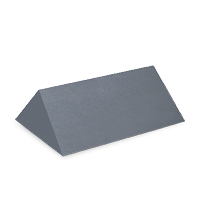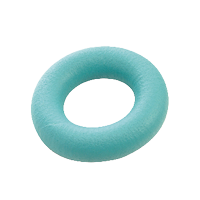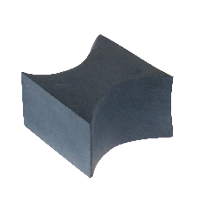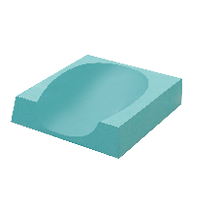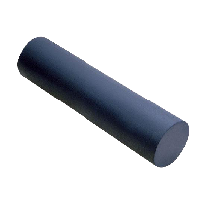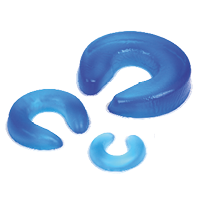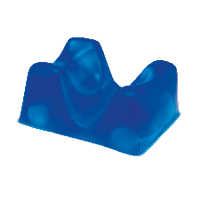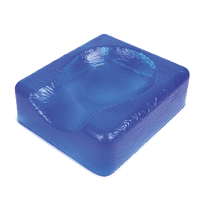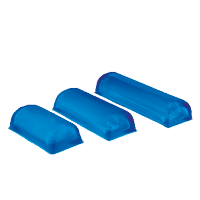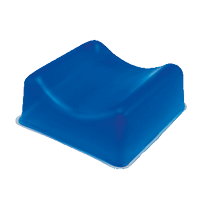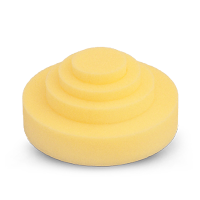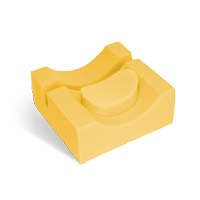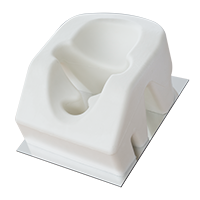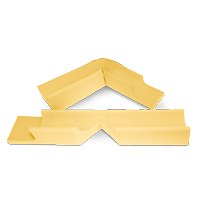Patient positioning in Operating Theatre
Promote patient and operators comfort and safety thanks to the correct use of positioning devices
Introduction
Patient positioning in operating room
The positioning of the patient on the operating table is essential for the safety of the operator and the multidisciplinary team assigned to the operating room. A correct operating field’ exposure leads to a successful surgical intervention.
It is the surgeon who decides the most appropriate posture for the surgery. The patient will be positioned on the operating table according to the anatomical part to be reached, the surgical technique to be performed and the operating tools used. The whole team will have to collaborate in the movements, the anesthetist will coordinate the positioning maneuvers and the control of the head.
1.1
Multidisciplinary team in charge of the operating room
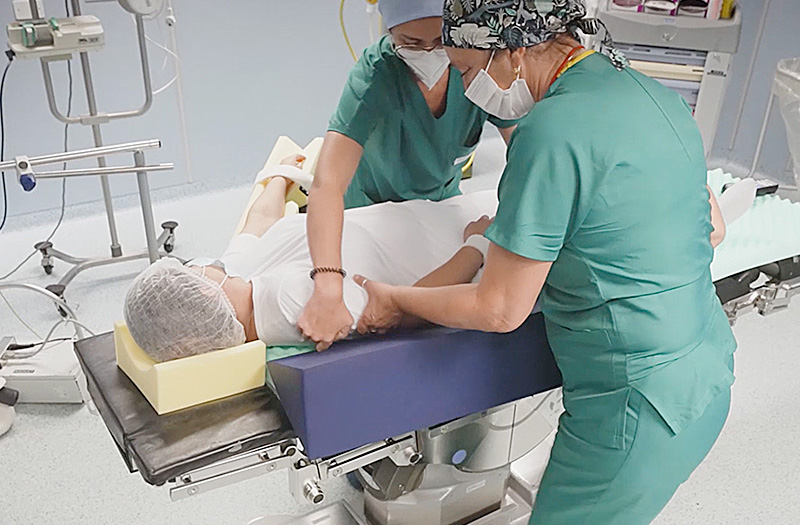
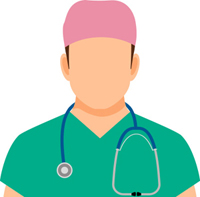
SURGEON
Who decides the most suitable posture for the intervention to be carried out

ANESTHETIST
Who coordinates the positioning and controls the patients’ head
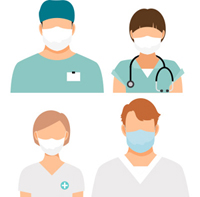
Who cooperates to positioning manouvres
1.2
Safety
1.3
Comfort
1.4
Know the patient
Evaluate the patient through the medical record looking for any joint criticism or any other physical limitations.

Surgeon

It is the surgeon’s task to find a suitable position, which can ensure maximum patient comfort and which allows a successfull operation.
It is the surgeon’s task also to identify the most suitable intevention point to avoid compromising any previous operations.
Multidisciplinary team

It is the task of the multidisciplinary team to adjust the patient’s position, taking into consideration any functional limitations related to previous pathologies (fractures, dislocations, etc.).
Assess skin integrity before and after surgery.
1.5
The operating room devices
- Positioners, that include all the devices used for the optimal positioning of the patient on the operating table.
- Anti-decubitus surfaces, designed to redistribute and / or discharge the contact pressure applied by the body on a support surface in different ways.
Operating room positioners
Antibedsores devices and surfaces
Supine position
2.0
Operating procedure
- align the head with the rest of the body;
- arm for venous accesses placed on the arm-rest at an angle of 90 ° or less with respect to the body;
- safety band on the abducted arm to prevent it from falling with a possible consequence on the shoulder (pain or dislocation);
- safety band on the legs, positioned in proximity to the patient’s kneecaps;
- feet resting , without letting them protrude from the table so as not to incur compressions or injuries of the Peroneal nerve or the Achilles Tendon.
Legs and feet
Video Tutorials
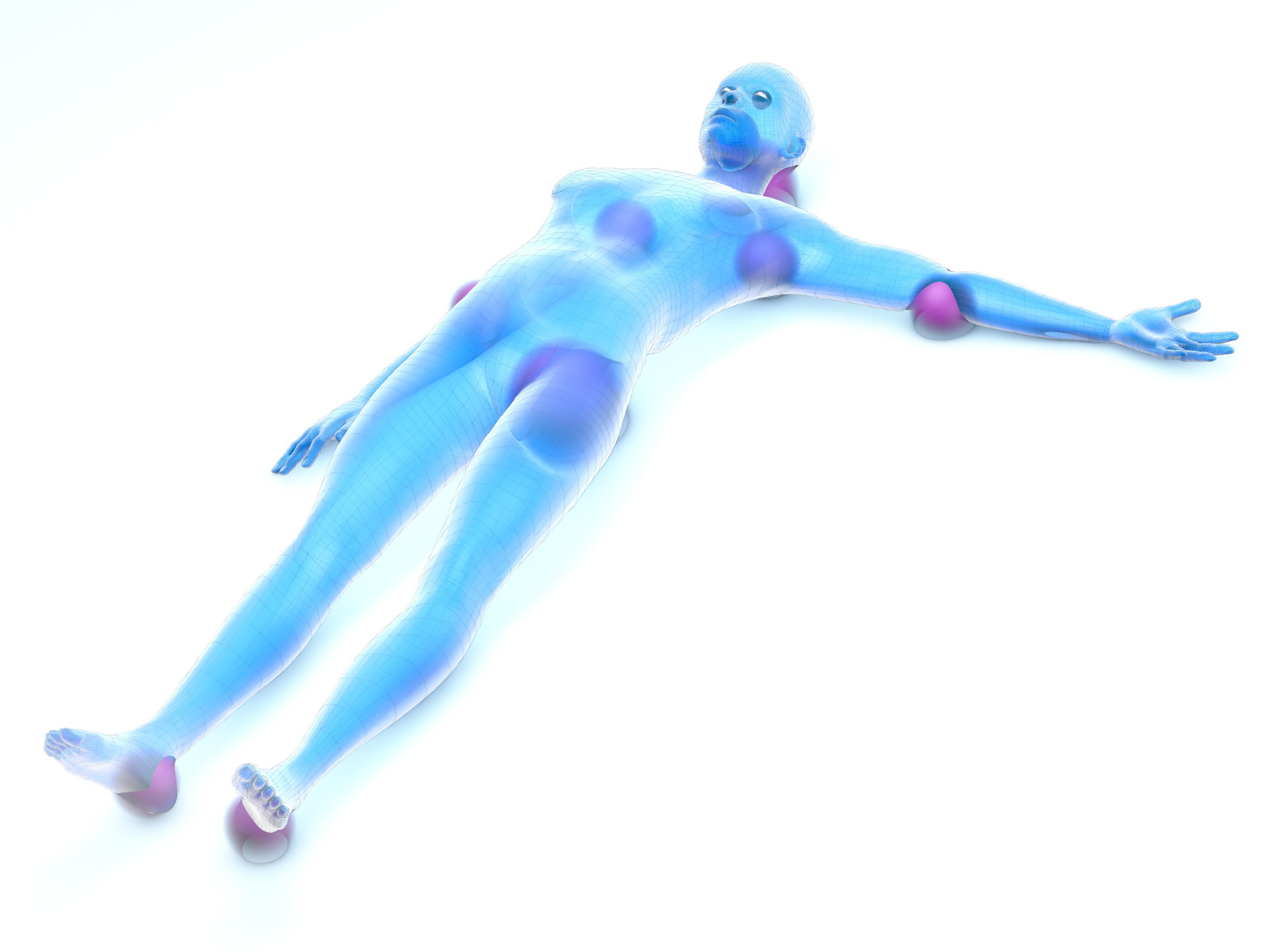
The head must be locked.
Upper limb
The upper limb must be abducted at 90 ° and supine to allow venous access.
Place devices that support and relieve pressure during the operative phase.
Place devices that support and relieve pressure during the operative phase.
Do not let the feet protrude from the table to avoid compressions or injuries of the Peroneal nerve or the Achilles tendon.
| Gives access to almost all surgical sites. It requires the head to be aligned with the rest of the body. | 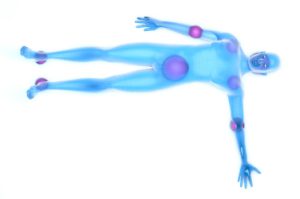 |
Gynecological and lithotomy position
3.0
Support base
Operating procedure
- apply a slight rotation of the femoral head on the pelvis to maintain the physiological structure of the joint;
- place the lower limbs on the stirrups;
- place the various devices to reduce the pressure on the support points;
- if a marked Trendelenburg is also required, a counter-thrusts on shoulders is suggested to prevent the patient from slipping.
The same care should be taken in returning to the primary position.
Perineal area
Video Tutorials
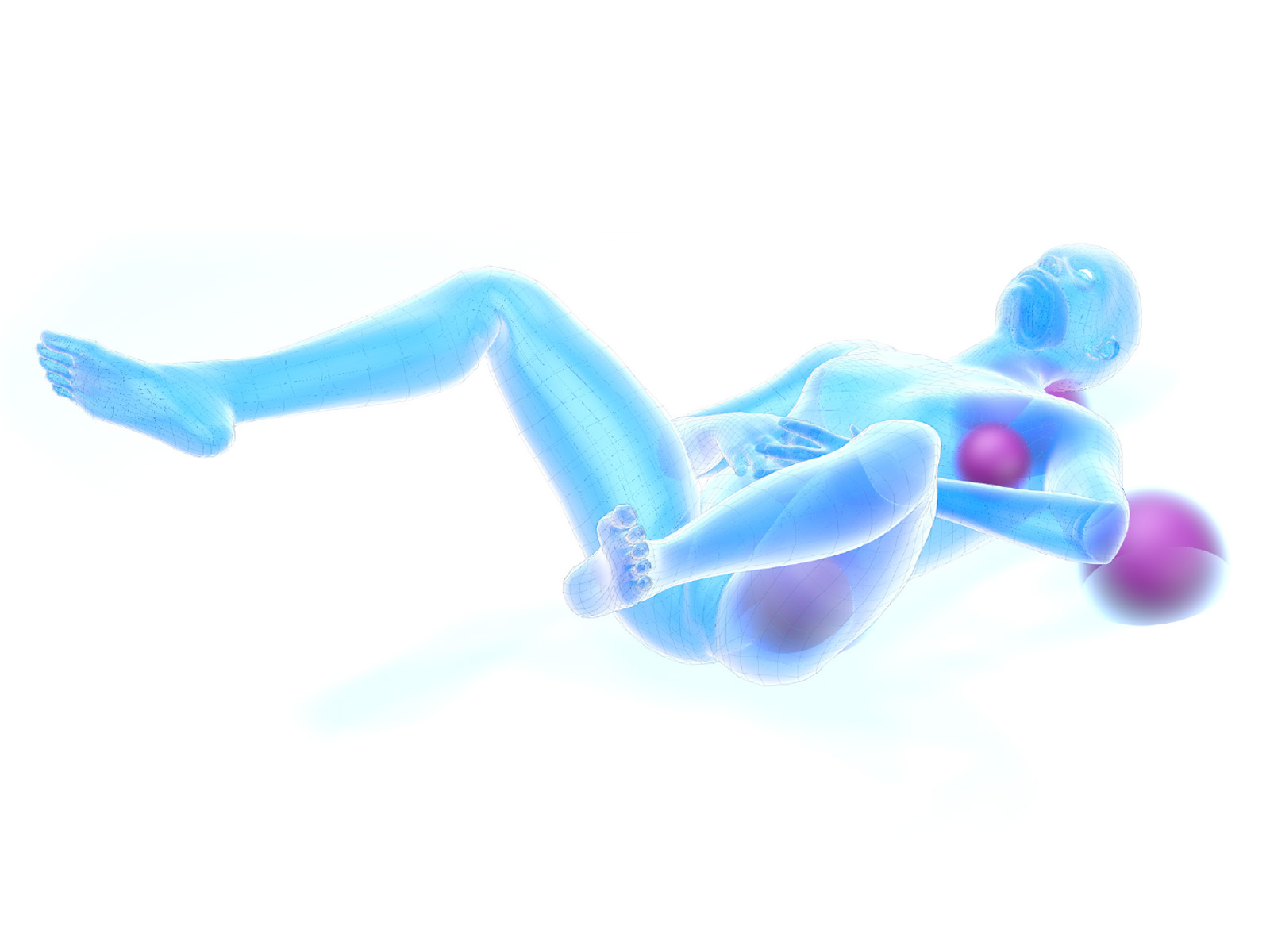
Head
The head must be locked.
Shoulders
In case of Trendelenburg, a counter-thrusts on shoulders is suggested to prevent the patient from slipping.
Lower limbs must be fixed on stirrups.
Place a device to relieve pressure on the arm and hand area on the abdomen
Place a device to relieve pressure on the lower back.
The perineal area must protrude from the table top, by about 3-5 cm in order to carry out the intervention.
| This position requires the intervention of two people who raise the lower limbs simultaneously. When the patient is awake, the collaboration of the patient could be requested, gradually obtaining the desired position. | 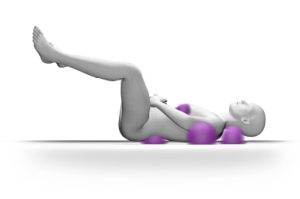 |
Lateral decubitus position
4.0
Support base
Operating procedure
Position used for thoracic surgery and kidney surgery. Being a difficult position to obtain, the use of a comfortable support surface is essential.
- lay the patient on his side;
- the lower arm abducted on an arm sling, while the upper arm can be placed in suspension on a bridge arch, or on a second arm sling;
- the lower knee slightly flexed, while the upper one extended;
- lift the head and lock it with a cushion with a hollow;
- apply a containment band at the level of the pelvis and one at the level of the lower limb.
The arm sling must not exceed 90 ° angle to the body. The flexion is applied differently according to the intervention to be performed.
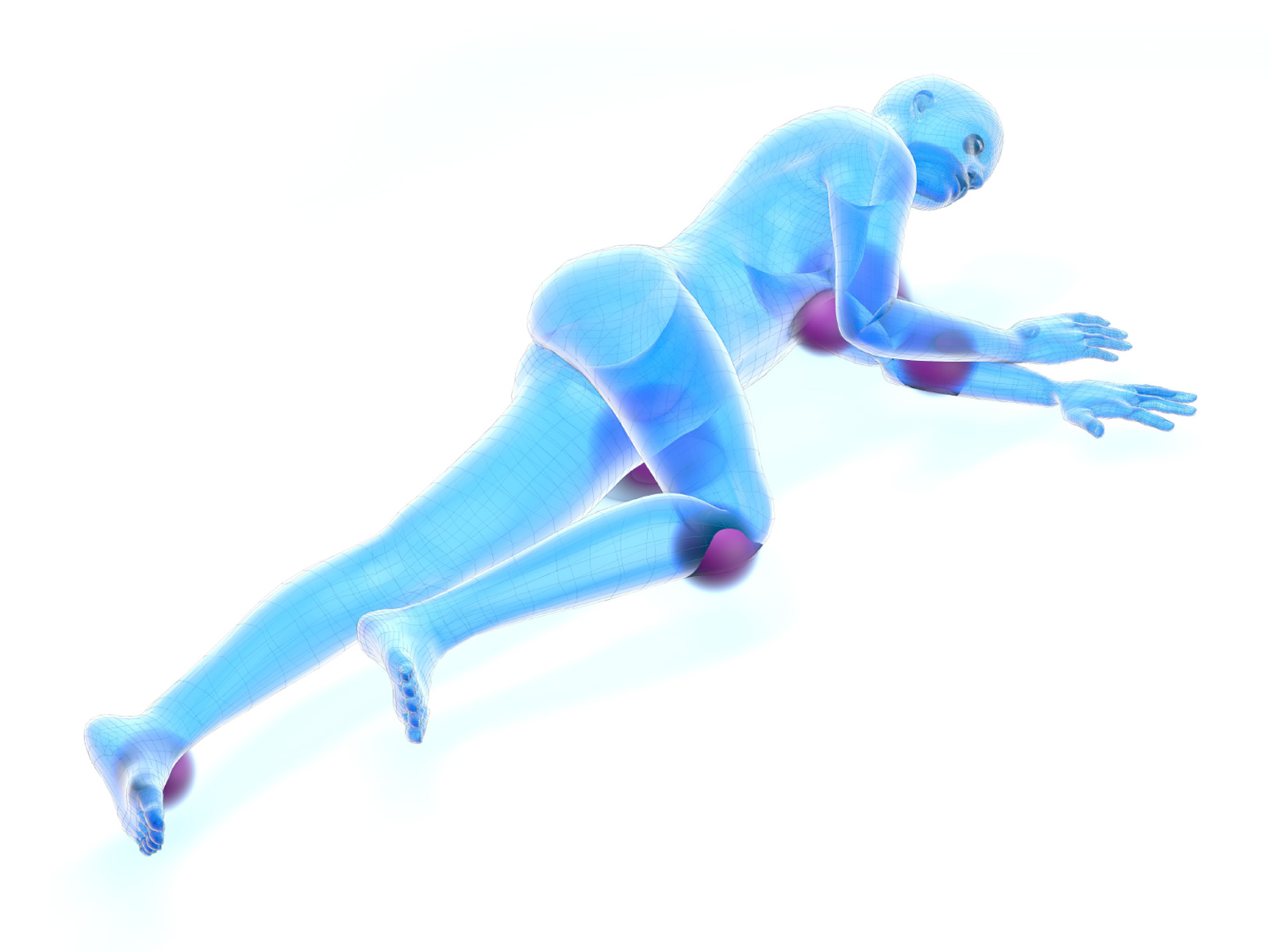
The head must be raised and locked.
Place the arm on a bridge arch, or on a second arm sling.
Apply a containment band.
Place an arm sling, it must not exceed 90 ° angle with respect to the body.
Knee
Place a separator pillow between the knees.
Use a device that allows a comfortable position for the patient and that relieves pressure on the support areas.
| Position used for thoracic surgery and kidney surgery. Being a difficult position to obtain, the use of a comfortable support surfaces is essential. | 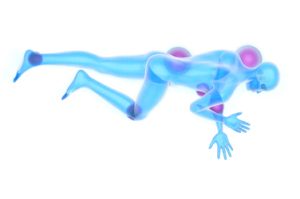 |
Prone position
5.0
Operating procedure
This position allows surgical access to the spine and the back of the head.
- align the head with the rest of the body;
- place an appropriate device under the forehead that allows the area to be left free for intubation;
- place the upper limbs on the patient’s sides or on the side of the head, in a comfortable position;
- slightly flex the knees;
- place a cylindrical cushion under the instep.
The head must be aligned with the rest of the body and the face on a suitable device that allows the intubated area to be left free.
Head
Video Tutorial
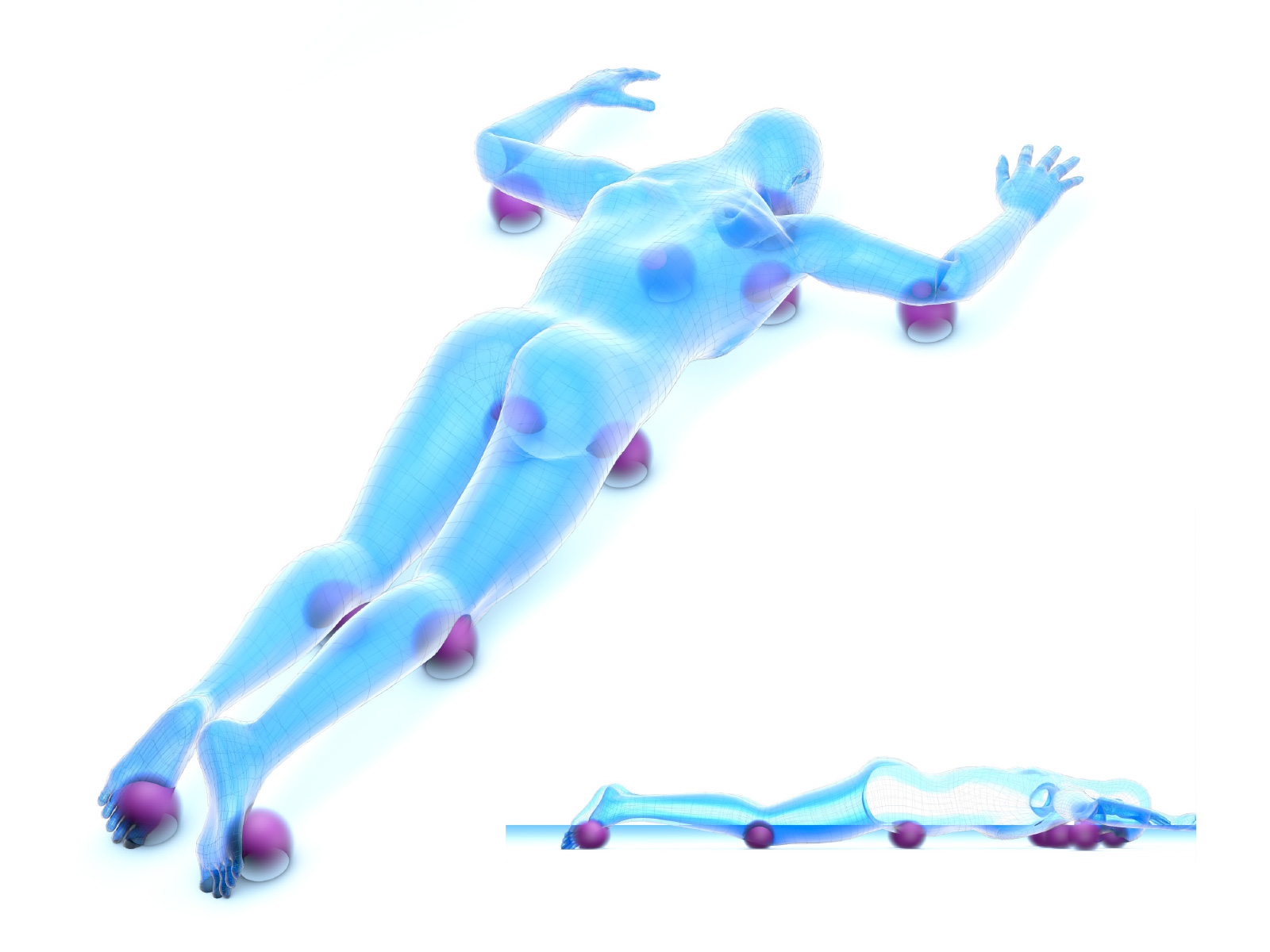
Head
Apply a positioner that keeps the head aligned with the rest of the body and leaves the endotracheal tube free.
Upper limbs
Place a device that allows a comfortable position for the patient.
Place a device that relieves the pressure on contact surfaces.
Place a device that relieves the support pressure.
Place a device that allows you to flex your knees slightly and relieves the support pressure.
Place a cylindrical pillow under the instep.
| This position allows surgical access to the spine and the back of the head. The head must be aligned with the rest of the body and the face on a suitable device that allows the intubated area to be left free. | 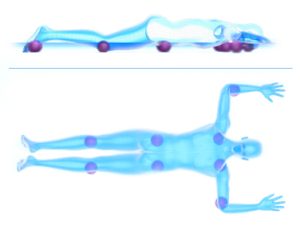 |
Purpose-built products
6.0
Fireproof SKAY positioners
Made of fire retardant polyurethane foam (density 30 kg/m3) and covered with a flame retardant SKAY fabric. It is advisable to use the devices covered with a disposable TNT cloth to ensure greater hygiene. Their structure allows the uniform distribution of pressure even with patients of very high body weight. They reduce abdominal pressure and improve performance during ventilation in the prone position.
Multi-purpose polyurethane positioners
For every positioning requirement
The multipurpose polyurethane positioners fit easily to the anatomy of the body, making them extremely comfortable and facilitating the maintenance of the correct position during surgical procedures. Made of fire-retardant polyurethane foam, with a load-bearing structure with variable density. Covered with a waterproof and sanitizable polyurethane film.
For every positioning requirement
Polyurethane devices can be combined with gel devices to increase patient comfort on the operating table, especially during long-term interventions. Sometimes they complete and optimize the final positioning which is insufficient with gel devices alone. They also create excellent non-slip grip in positions that require maximum inclination. Recommended in dirty interventions in order not to damage or pollute the gel which, due to micro-lesions, could absorb infected material or difficult to expel.
